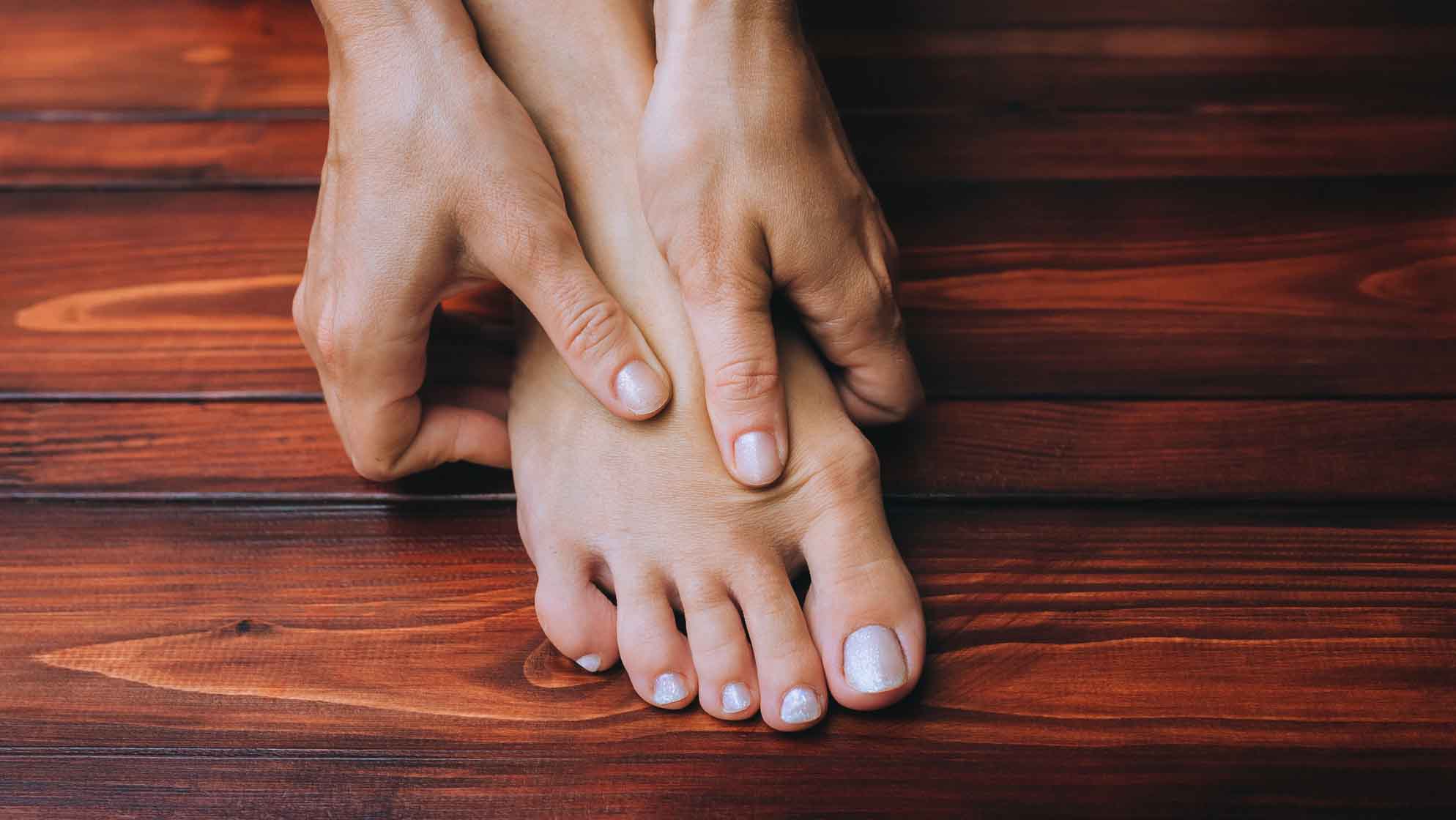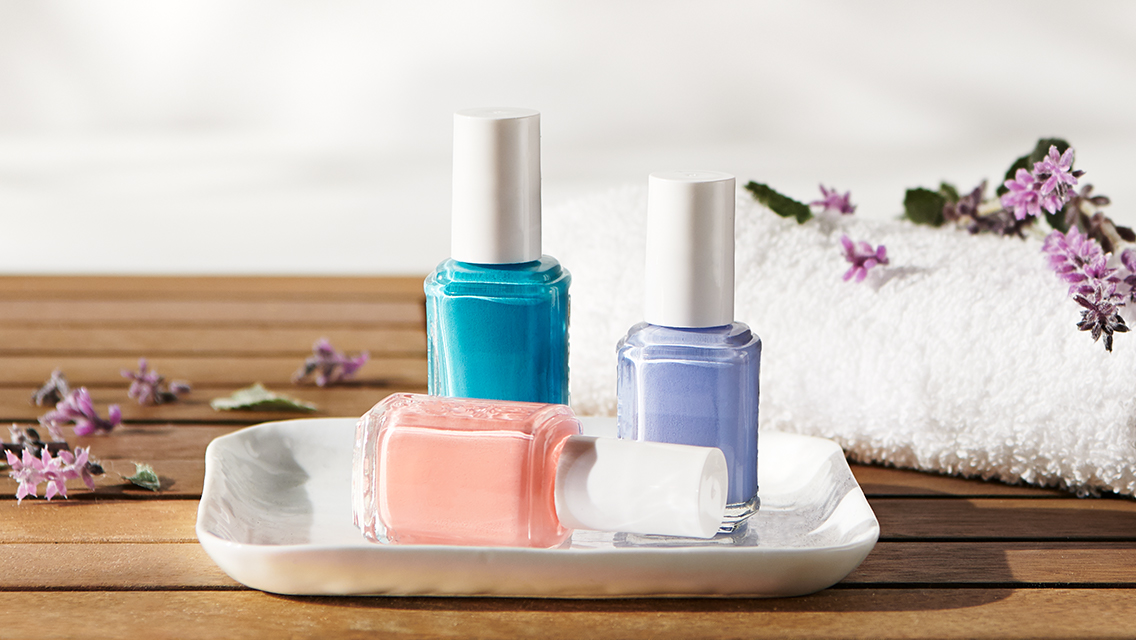Possible causes: Gout, bunions, ingrown toenails
When you think “toe pain,” diet might not be the first culprit that springs to mind. But diet-related gout, an inflammatory condition that causes swelling and pain in the joints, often shows up first in the foot. “It’s a red, hot, inflamed big-toe joint where even the blankets on your bed are enough to cause pain,” explains Emily Splichal, DPM, a functional podiatrist at the Center for Functional and Regenerative Podiatric Medicine in Chandler, Ariz.
Gout can have a genetic component, but diet is usually the biggest contributing factor. Red meat, seafood, sweetened drinks, and alcohol all contain high levels of compounds called purines, which the body breaks down into uric acid. These acid crystals can accumulate in the joints, leading to pain and inflammation. Dietary changes are the first line of defense here. (For more on uric acid, see “Uric Acid: A New Metric for Heart Health.”)
On the other hand, a bunion — which appears as a bony bump on the joint at the base of the big toe — is usually a “purely biomechanical issue,” Kornfeld says. Bunions can form due to gait patterns, instability in the first metatarsal (the bone extending toward your ankle from the big toe), and overpronation, and they are exacerbated by narrow shoes that force the big toe toward the pinky. They tend to occur more frequently in women and older people, possibly due to relatively weaker connective tissue and the cumulative effects of biomechanical dysfunction.
If the ligament holding the first metatarsal is loose or unstable (possibly from insufficient collagen, which stabilizes ligaments), it can cause retrograde forces to push the bone out to form a bunion. But corrective exercises can improve joint stability, even in people with a genetic tendency toward lower collagen levels.
And minimizing time in high heels, which put the body’s weight right over the big-toe joint, can be preventive. “Intervention is critical in the early stages of bunion formation so it doesn’t progress into a deformity that creates problems wearing shoes, causes pain, and limits activity,” says Robert Kornfeld, DPM, a holistic podiatrist at the Chronic Foot Pain Center in New York City.
Ingrown toenails, in which the borders of the nail turn downward and dig into the skin, are a common cause of toe inflammation, redness, swelling, and pain. Again, tight shoes can be to blame, Splichal explains. “If your shoes are pushing the edge of the nail into the skin, that could contribute to an ingrown nail.”
Bunions can be a factor here, too, because of how they change the angulation of the step and push the nail into the skin. And cutting toenail corners too aggressively allows the skin to lift above the nail border, so the nail grows into the skin. Podiatrists recommend cutting toenails straight across to avoid this.
“I’d also encourage a patient to use toe spacers if they have a bunion, find better-fitting shoes that don’t push the nail in, and possibly put urea on the nail to soften it so it’s not so hard and painful,” says Splichal.
As the literal foundation of our bodies, our feet are crucial to keeping us active and healthy. See “What Your Feet Are Trying to Tell You,” from which this article was excerpted, for more common foot issues and steps to relieving them.





This Post Has 0 Comments